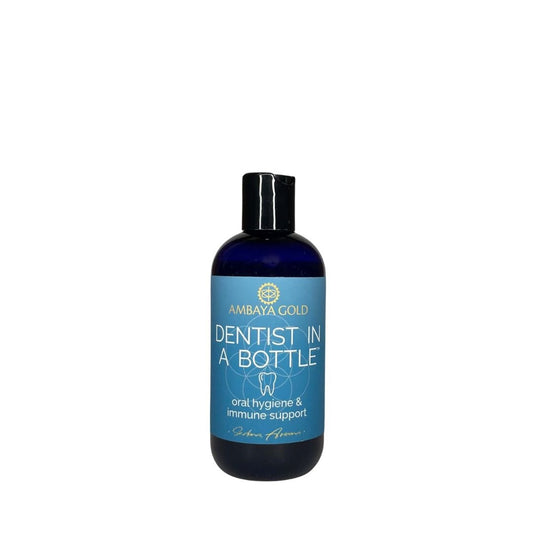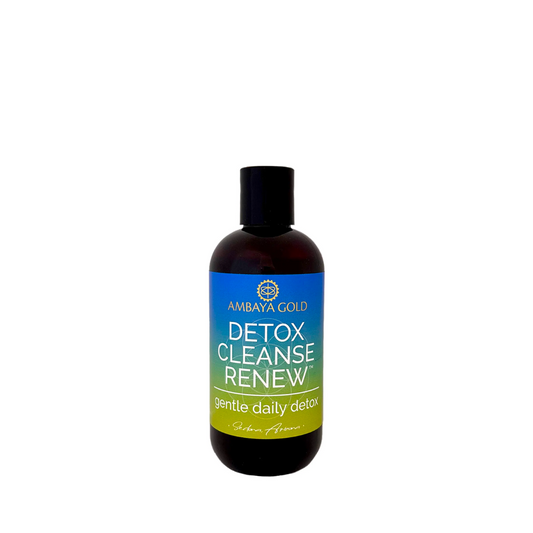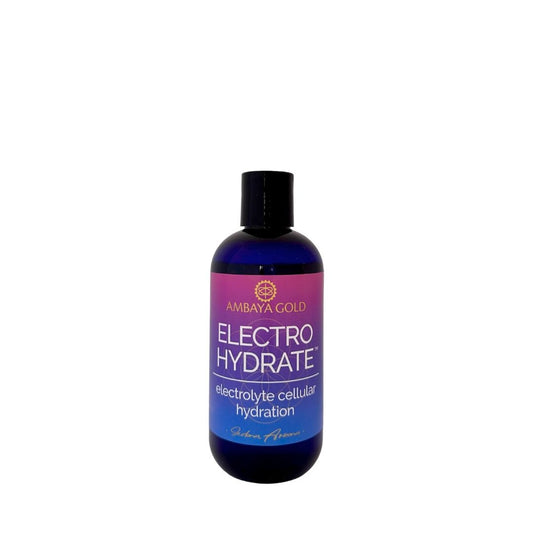Cold therapy, like cold plunging and cold showers, have gained significant attention for their numerous health benefits. Though these practices date back centuries, they are now increasingly popular due to their profound effects on the body and mind, especially in the biohacking and wellness communities. Here’s a look at the wide-ranging health benefits and things to consider when incorporating cold therapy into your wellness routine!

1. Boosting Circulation and Immune Function
Cold exposure triggers vasoconstriction (narrowing of blood vessels) followed by vasodilation (widening of blood vessels) once the body warms up again. This process enhances circulation, delivering oxygen and nutrients more efficiently throughout the body, improving overall cardiovascular health. Over time, this can strengthen the heart, improve blood flow, and promote faster recovery from workouts.
Moreover, cold therapy has been shown to boost immune system function. Regular cold exposure can increase the number of white blood cells, which play a vital role in fighting illness and infection. A study published in PLOS One in 2016 found that people who took cold showers reported fewer sick days and illness symptoms compared to those who didn’t.
2. Reducing Inflammation and Enhancing Recovery
Athletes have long used cold plunges to reduce muscle inflammation and promote recovery after intense workouts. Cold exposure lowers the temperature of muscles and joints, reducing the inflammatory response and the pain associated with it. By minimizing inflammation, it helps with faster recovery times and improved athletic performance. If you suffer from an ongoing issue, by reducing systemic inflammation could alleviate pain and improve mobility.
3. Improving Mental Health and Resilience
One of the lesser-known benefits of cold therapy is its impact on mental health. Cold plunging or showers stimulate the production of norepinephrine, a neurotransmitter that enhances mood, focus, and attention. This is why many report a feeling of euphoria or alertness after cold exposure, which can contribute to improved mental clarity and a better mood overall.
Moreover, exposing oneself to cold can help build mental resilience. Regular cold exposure requires you to push through initial discomfort, training the brain to manage stress better. Over time, this can help people develop a better tolerance to stress and anxiety in their daily lives, contributing to an overall sense of well-being.

4. Supporting Metabolism and Fat Loss
Cold plunging activates brown fat, a special type of fat tissue that burns calories to generate heat and maintain body temperature. Unlike white fat, which stores energy, brown fat burns energy to produce heat, making it a natural metabolic booster. Studies have shown that regular cold exposure can increase the amount of brown fat in the body, thereby enhancing metabolic function and supporting fat loss.
In fact, a National Institutes of Health study found that exposing people to cold temperatures increased their brown fat activity, which not only helped burn calories but also improved insulin sensitivity, a key factor in preventing type 2 diabetes.
5. Enhancing Sleep Quality
Another unexpected benefit of cold exposure is its ability to enhance sleep quality. Cold plunges before bed can help regulate body temperature and encourage deeper sleep cycles. Lowering core body temperature signals the brain to produce melatonin, the sleep hormone, which helps the body relax into sleep more easily.
In addition, cold therapy has been linked to reduced stress levels, which can further promote better sleep. By calming the nervous system and lowering cortisol (the stress hormone), individuals often find themselves falling asleep faster and enjoying more restful sleep!
6. Cold Exposure for Longevity
Cold exposure may also be linked to increased longevity. There’s evidence suggesting that controlled cold exposure activates cellular stress responses that help repair and protect the body’s cells, potentially slowing down the aging process. It may promote cellular autophagy, the process by which the body clears out damaged cells, making room for new and healthier ones.
The longevity benefits also extend to the brain. Cold exposure supports brain health by increasing blood flow to the brain, enhancing cognitive function, and protecting neurons from age-related damage.
Practical Tips for Starting Cold Therapy

If you’re new to cold therapy, it’s important to start slowly and ease into the practice. Here are some tips to get started:
• Begin with cold showers: Start with a 30-second burst of cold water at the end of your regular shower, gradually increasing the duration over time. Then you can try a full cold shower. This alone is a great practice for health.
• Try cold plunges: If you have access to a cold plunge pool or a natural body of water, start with brief plunges and work up to longer sessions. A 2-5 minute plunge is often recommended for beginners.
• Stay mindful: Cold exposure can be intense, so it’s important to practice deep, controlled breathing to remain calm and avoid hyperventilating.
• Consistency matters: Cold therapy benefits accumulate over time, so incorporating it into your regular routine will yield the best results.
Cold plunging and cold showers are more than just a wellness trend—they are backed by scientific evidence highlighting their broad range of benefits, from boosting immunity and reducing inflammation to enhancing mental resilience and sleep quality. As these practices continue to gain popularity, integrating cold exposure into your routine might just be the wellness boost you need.
References:
• PLOS One study on cold showers and illness prevention
• National Institutes of Health study on brown fat and metabolism









